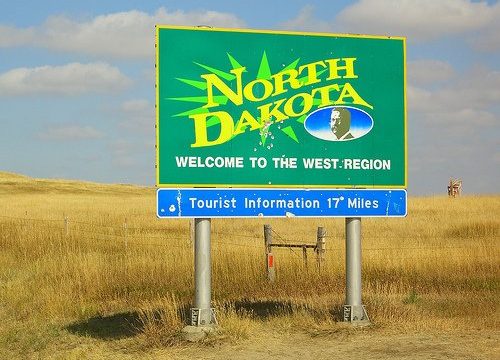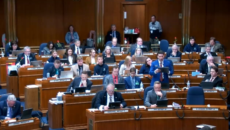Life Is Less Expensive In North Dakota

According to prototype data from the federal government, North Dakota is among the cheapest places to live in the country. While some North Dakotans may grumble a bit about that – a roaring economy and soaring personal incomes are driving prices for goods, services and housing up in the state – it’s absolutely true that relative to other parts of the country, it’s a bargain to live in North Dakota:
People in Hawaii paid 116 percent of the national average prices for a standardized mix of goods and services in 2011, according to the report. Those in New York paid 114.3 percent and those in the nation’s capital 114.2 percent.
The reason rested on high rents and prices for services, according to the report. In 2011, Hawaii had the highest median housing costs for renters in the country, $1,308 a month, according to the U.S. Census.
Lower rents and prices for services helped keep down costs for people in South Dakota, who paid 87 percent of average prices in 2011, and in North Dakota and Mississippi, who paid 88.7 percent, according to the Commerce Department.
The new measure allowed the federal government to estimate personal incomes adjusting for inflation. The Commerce Department has in the past only used net earnings to determine personal income in a state, and it emphasized the new calculations are experimental.
This is important information, and it will be interesting to see how the federal government changes its methodology going forward (at first blush, these results ring pretty accurate to me), because it could have a serious impact on state policy.
One the biggest bones of contention every biennium is pay for state employees and teachers. The public worker unions, of course, want to maximize pay. Our political leaders want to (or should want to) keep the cost to taxpayers at a reasonable level.
What the unions and other pro-pay hike advocates often use is data comparing North Dakota wages to other parts of the country, but what that data never controls for is cost of living.
North Dakota is often criticized for having some of the lowest wages in the nation. But if the state also one of the cheapest places to live, that evens out in the local economy. Your paid less, but your pay goes further.
That’s not always a bad trade-off.
Policy makers, armed with sound federal data on the cost of living, will be able to make better decisions about pay. Or one would hope, anyway.







